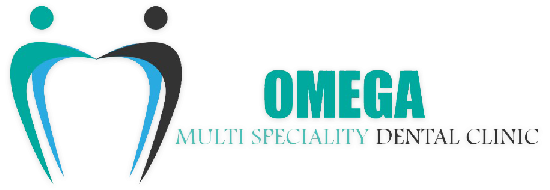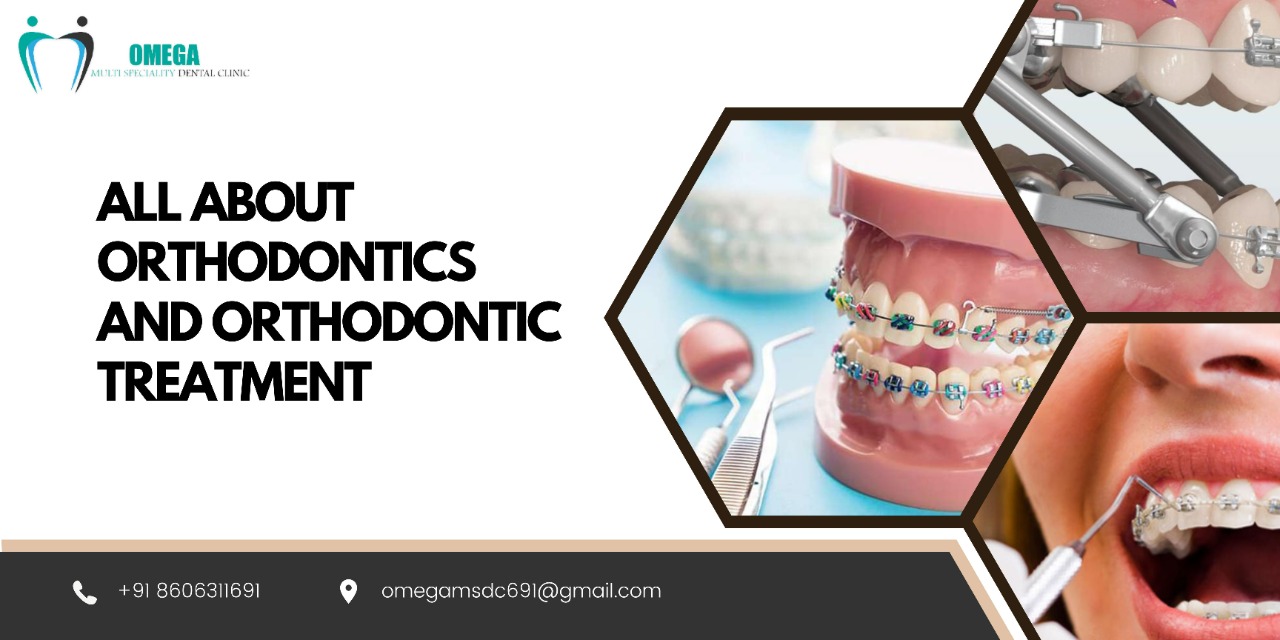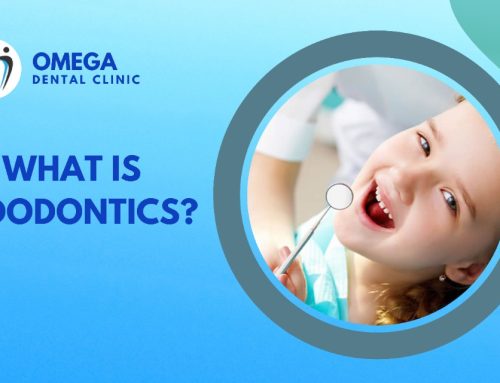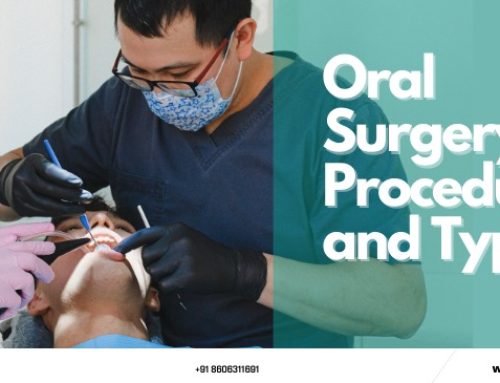Orthodontics is the branch of dentistry that corrects teeth and jaws that are improper in position. Crooked teeth and teeth that do not fit together are harder to maintain, and clean and are at risk of being lost early due to tooth decay and periodontal diseases. Improperly positioned teeth can also cause excessive stress on chewing muscles, TMJ syndrome, neck, shoulder, and back ache.
They can also downplay one’s outer appearance, thus affecting their confidence. As a multispecialty dental clinic in Kakkanad, that provides stellar orthodontic treatment with the help of the best dentists present in Kakkanad, here is an article detailing orthodontics and the different kinds of orthodontic treatment it provides.
Orthodontic treatment is the way of correcting teeth either by straightening or moving them to improve their appearance and function. It also looks after the long-term health of your teeth, gums, and jaw joints by spreading the biting pressure throughout your teeth. People with crowded, crooked, or distorted teeth can seek orthodontic treatment to improve their appearance and to make them easier to function.
A person with any of the following problems may be a candidate for orthodontic treatment:
- Overbite: Where the upper front teeth lie too far forward over the lower teeth
- Underbite: Where the lower teeth are too forward or the upper teeth too backward
- Crossbite: When the upper teeth do not come slightly forward to the lower teeth when biting together normally.
- Open bite: The space between the biting surfaces of the front or side teeth when the back teeth bite together.
- Misplaced midline: When the center of the upper front teeth does not align with the center of the lower front teeth.
- Spacing: Gaps or spaces present between the teeth that are a result of missing teeth.
- Crowding: When there are too many teeth present, which makes it harder for the dental ridge to accommodate.
Many different kinds of appliances, fixed and removable, are used to help move teeth, retain muscles and affect jaw growth. These appliances work by placing gentle pressure on the teeth and jaw.
Fixed appliances include:
- Braces: One of the most common fixed appliances, braces consist of bands, wires, and/or brackets. These appliances are used for creating tension on the teeth, thus moving them to their proper position. They are adjusted monthly and the desired result might be achieved within a few months to a few years.
- Special fixed appliances: These appliances are used to control either thumb-sucking or tongue thrusting. These appliances are attached to the teeth with help bands.
- Fixed space maintainers: A space maintainer is used to maintain the space until a permanent tooth erupts when a baby tooth is lost prematurely.
Removable Appliances
- Aligners: These appliances are an alternative to traditional braces. They move teeth in the same way, minus the metal wires and brackets. They are virtually invisible and can be removed while eating, brushing, and flossing.
- Removable space maintainers: These devices have the same function as fixed space maintainers. They are made with an acrylic base, fitted over the jaw, and have plastic or wire branches between particular teeth to maintain the space between them.
- Jaw repositioning appliances: Also known as splints, these are worn on either the upper or lower jaw and help the jaw close in a more favorable position. They are used for temporomandibular joint disorders.
- Lip and cheek bumpers: They help keep the lips or cheek away from the teeth since their muscles can exert pressure on the teeth and these appliances help relieve the pressure.
- Palatal expander: It is an appliance used to broaden the arch of the upper jaw. It is a plastic plate that is fitted over the roof of the mouth. The pressure applied to the plate by the screws forces the joints in the bones of the palate to open lengthwise thus widening the palatal area.
- Removable retainers: Worn on the roof of the mouth, they prevent shifting of the teeth to their previous position. They can be modified to be used as appliances to prevent thumb-sucking.
- Headgear: In this device, a strap is placed around the back of the head and attached to a metal wire in front. This device helps slow down the growth of the upper jaw and holds the back teeth in place while the front teeth as pulled back.




